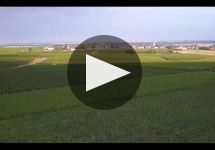Veuve Clicquot Yellow Label Brut
-
Tasting
Panel -
James
Suckling - Decanter
-
Wine
Spectator -
Wine
Enthusiast
Top 100 of 2024
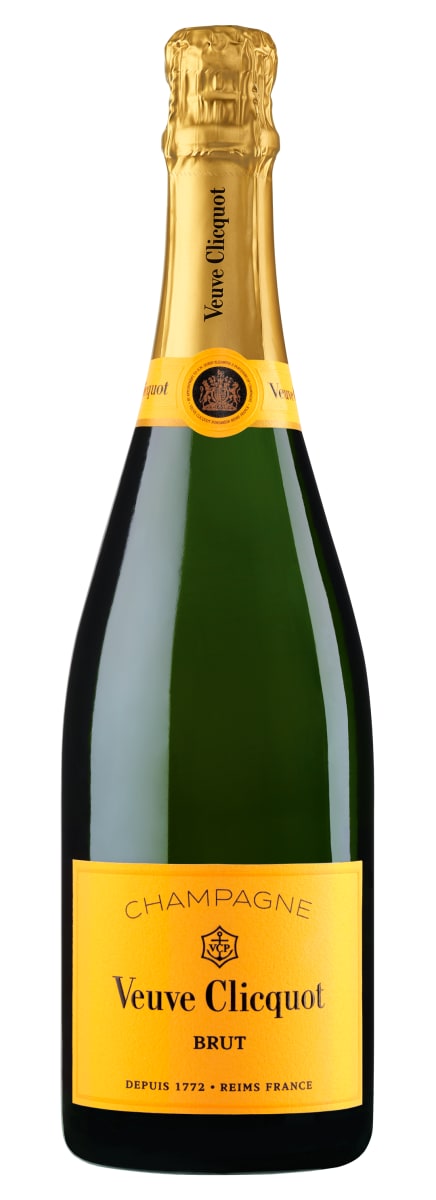



Product Details
Your Rating
Somm Note
Winemaker Notes
Veuve Clicquot Yellow Label is the signature champagne of the House. Dominated by Pinot Noir, it offers the perfect balance of structure and finesse. Golden-yellow in color, with a foaming necklace of tiny bubbles. It is pleasing to the nose; initially reminiscent of yellow and white fruits, then of vanilla and later brioche. Note the fine balance between the fruity aromas coming from the grape varieties and the toasty notes, the result of the three years of bottle aging. The first sip delivers all the freshness and strength so typical of Veuve Clicquot Yellow Label with a symphony of fruit following (pear, lemon). It is a true member of the Brut family, well-structured, admirably vinous.
Blend: 55% Pinot Noir, 15% Pinot Meunier, 30% Chardonnay
Professional Ratings
-
Tasting Panel
At a glance, the iconic yellow label connotes and invites celebration and with one sip, the vibrant Pinot Noir-dominant wine inside invariably gets it underway Aromas of baked apple and quince are energetically dappled with salted almond and white blossom, while the fairly ty fleshy mouthfeel intersects neatly with firm acidity amid intimations of red berry and pastry
-
James Suckling
This has aromas of grapefruit, citrus peel, quince, toast and almonds. It’s medium-bodied with creamy, fine tannins. Silky texture. Nutty complexity at the end.
-
Decanter
Noticeable fruit intensity and fresh notes of red fruits, fresh blueberries and a small amount of quince. Interesting and quite demanding.
-
Wine Spectator
Lively, with tangy acidity and a zesty mousse, this aperitif-style Champagne shows notes of mandarin orange, blackberry, toast and a touch of pastry cream. Subtle, smoke-tinged finish.
-
Wine Enthusiast
This ever-popular Champagne is getting imperceptibly drier. There is a fresh edge to it that is new and welcome. Crisp apple fruits give the wine a lift at the end.
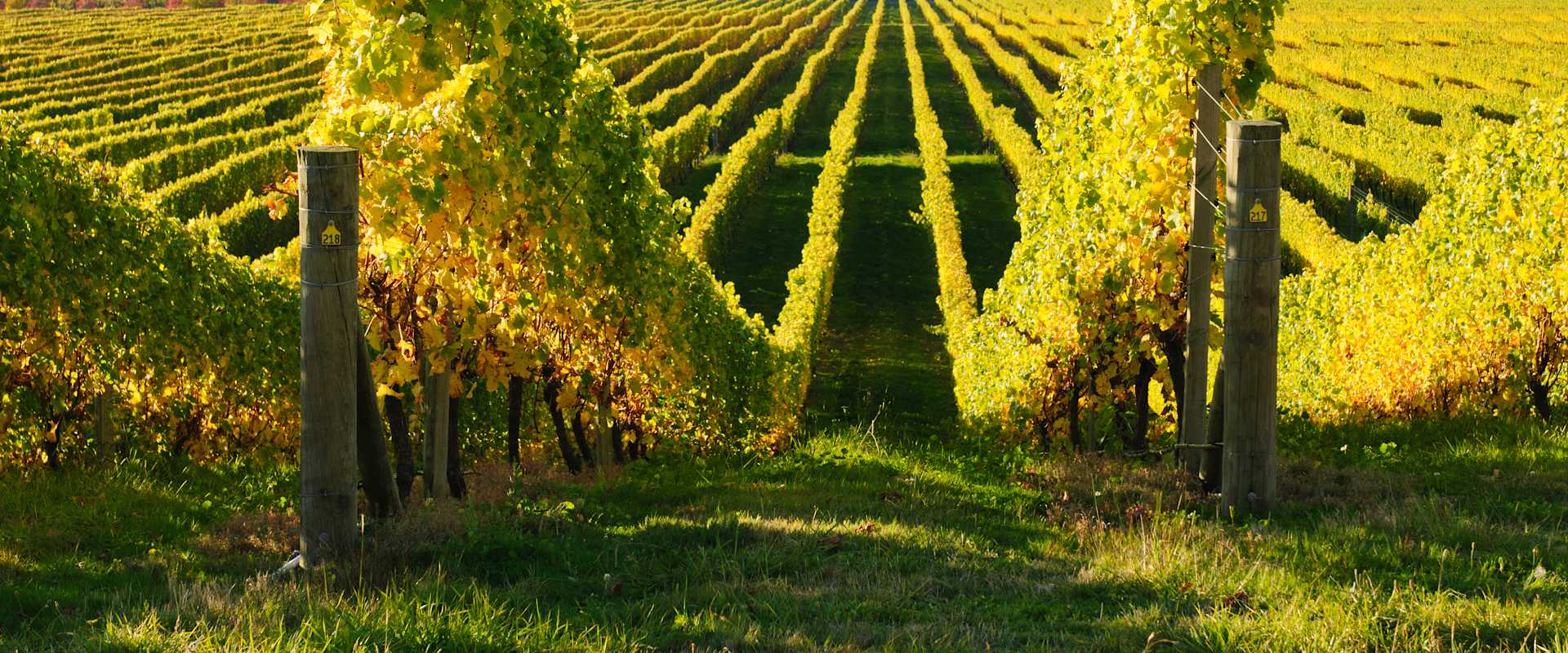
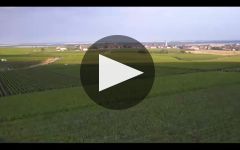





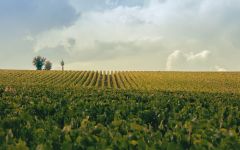

Learn about Veuve Clicquot, the history of the brand, its innovative winemaking techniques, and its signature Veuve Clicquot Yellow Label Brut Champagne.
History of Veuve Clicquot
Veuve Clicquot, now one of the largest Champagne Houses, was founded in 1772 by Philippe Clicquot under the label "Clicquot". After establishing the brand throughout Europe, Russia and the United States, Philippe was joined by his son, François Clicquot, at the head of the House in 1798. Seven years later, following his untimely death, François’ young widow, Barbe Ponsardin, took over the family business at just 27 years old. The House would subsequently be renamed in her honor: ‘Veuve Clicquot’ means ‘The Widow Clicquot.’
Innovating Champagne Production
Over the course of her lifetime, Madame Clicquot (Barbe Ponsardin), developed three of the most important innovations in Champagne that are still practiced today. First, in 1810 Veuve Clicquot produced the first vintage wine in Champagne, which otherwise produced non-vintage blends. Second, in 1816 Madame Clicquot invented the riddling table to clarify Veuve Clicquot champagne, and by doing so, she improved both the quality and finesse of the wines. Riddling is now fundamental to ‘La Methode Traditionelle’ (the traditional Champagne production method) and is emulated around the world. Finally, in 1818 Madame Clicquot created the first rose champagne made through ‘assemblage’, a method where white wines are blended with red wines.
Veuve Clicquot Yellow Label Brut
The distinctive, 90+ rated, Veuve Clicquot Yellow Label Brut has been in production since 1877. It is distinguished by the dominance of Pinot Noir in its blend, which gives strength, complexity and elegance to the champagne.
Veuve Clicquot La Grande Dame
The name La Grande Dame has been inspired by Madame Clicquot's nickname: La Grande Dame de la Champagne. 1972, the year Veuve Clicquot launched its first prestige cuvée to celebrate the bicentenary of the House. La Grande Dame respects Madame Clicquot's vision of Pinot Noir, which is about 90% since 2008, using mostly historical Grands Crus from their terroir.
Veuve Clicquot Pronunciation:
vœv kliko / vuhv klee-koh
100% of Veuve Clicquot vineyards use sustainable viticulture.

A term typically reserved for Champagne and Sparkling Wines, non-vintage or simply “NV” on a label indicates a blend of finished wines from different vintages (years of harvest). To make non-vintage Champagne, typically the current year’s harvest (in other words, the current vintage) forms the base of the blend. Finished wines from previous years, called “vins de reserve” are blended in at approximately 10-50% of the total volume in order to achieve the flavor, complexity, body and acidity for the desired house style. A tiny proportion of Champagnes are made from a single vintage.
There are also some very large production still wines that may not claim one particular vintage. This would be at the discretion of the winemaker’s goals for character of the final wine.

Associated with luxury, celebration, and romance, the region, Champagne, is home to the world’s most prized sparkling wine. In order to bear the label, ‘Champagne’, a sparkling wine must originate from this northeastern region of France—called Champagne—and adhere to strict quality standards. Made up of the three towns Reims, Épernay, and Aÿ, it was here that the traditional method of sparkling wine production was both invented and perfected, birthing a winemaking technique as well as a flavor profile that is now emulated worldwide.
Well-drained, limestone and chalky soil defines much of the region, which lend a mineral component to its wines. Champagne’s cold, continental climate promotes ample acidity in its grapes but weather differences from year to year can create significant variation between vintages. While vintage Champagnes are produced in exceptional years, non-vintage cuvées are produced annually from a blend of several years in order to produce Champagnes that maintain a consistent house style.
With nearly negligible exceptions, . These can be blended together or bottled as individual varietal Champagnes, depending on the final style of wine desired. Chardonnay, the only white variety, contributes freshness, elegance, lively acidity and notes of citrus, orchard fruit and white flowers. Pinot Noir and its relative Pinot Meunier, provide the backbone to many blends, adding structure, body and supple red fruit flavors. Wines with a large proportion of Pinot Meunier will be ready to drink earlier, while Pinot Noir contributes to longevity. Whether it is white or rosé, most Champagne is made from a blend of red and white grapes—and uniquely, rosé is often produce by blending together red and white wine. A Champagne made exclusively from Chardonnay will be labeled as ‘blanc de blancs,’ while ones comprised of only red grapes are called ‘blanc de noirs.’
